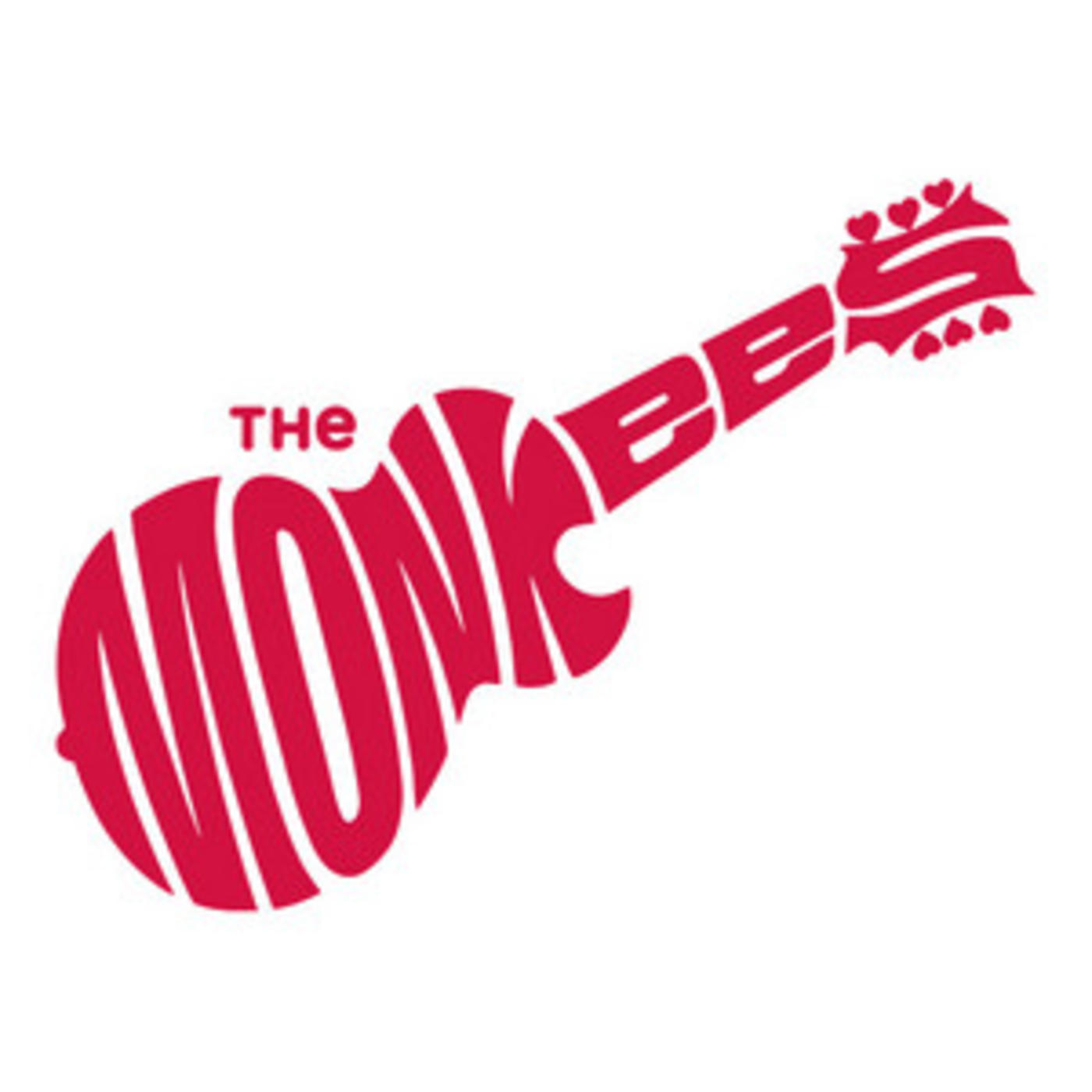Happy 50th: The Monkees, THE BIRDS, THE BEES, AND THE MONKEES

50 years ago this month, The Monkees released their fifth studio album, an LP which delivered one of the band’s most iconic singles but – for the first time in the group’s career – failed to take them all the way to the top spot on the Billboard 200.
Co-produced by the band with Chip Douglas, along with input from Lester Sill, Shorty Rogers, and Brendan Cahill, THE BIRDS, THE BEES, AND THE MONKEES was, in a way, the Monkees’ equivalent of THE WHITE ALBUM, by The Beatles. Not that the two bands regularly paralleled each other in their musical evolution, but each had their own period where their members started working independently of each other, which is definitely what this album was for The Monkees. Despite having expressed intentions of playing together as a proper band in the studio, “Peter kind of drifted away first, and then everybody did,” said Douglas. “Everybody wanted to do their own songs and produce them the way they wanted to hear them.”
And so they did, resulting in an album which is stylistically diverse, to be sure, yet it still holds together remarkably well. Indeed, if there’s a flaw to be found, most diehard Monkees fans would probably say that it’s in the almost complete absence of Peter Tork, who had no songs on the album and reportedly only had one musical contribution to the finished product: his piano playing on the hit single we referenced in the opening paragraph. That single, of course, was “Daydream Believer,” and while THE BIRDS, THE BEES, AND THE MONKEES was not flush with hits, that one ended up being big enough and has had enough of an afterlife to make it one of the most well-known songs ever recorded by The Monkees.
Although THE BIRDS, THE BEES, AND THE MONKEES only hit #3 on the Billboard 200, it nonetheless proved to be another big hit album for the group, with its second single, “Valleri,” scoring big as well. In addition, the album featured one of Davy Jones’ best compositions (“Dream World”), an underrated Michael Nesmith classic (“Tapioca Tundra”), and a politically-charged closing track (“Zor and Zam”). Not the greatest example of the boys in the band bonding in the studio, no, but an extremely strong outing nonetheless.
For more information, click the buttons below:



